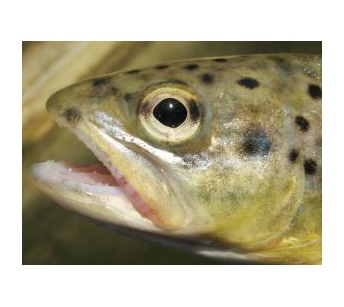 I came across this really interesting piece courtesy of Christine Dell’Amore and the National Geographic Green Guide Blog. Apparently, our earth’s water are actually flavored with the cooking spices and foods that come out of our kitchens.
I came across this really interesting piece courtesy of Christine Dell’Amore and the National Geographic Green Guide Blog. Apparently, our earth’s water are actually flavored with the cooking spices and foods that come out of our kitchens.
University of Washington associate professor Richard Keil is testing the waters so to speak and finding some interesting things. For example, in the time around the Thanksgiving holiday here in the United States, the Puget Sound (off of the coast of Washington State and British Columbia) tends to get flavored with the spices of time and sage. Summer days and the Independence Day holiday brings on Waffle Cone-flavored water.
Keil has even noted changed that occur on weekends versus weekdays (we love our chocolate and vanilla on weekends). The number one flavoring in general, according to Dell’Amore’s post and Keli’s testing, is artificial vanilla. At least I know I am not contributing that one. I can’t stand imitation vanilla and will gladly pay $16 for a large bottle of the real stuff. Still, I’m sure there is more than enough garlic coming out of my kitchen to turn native trout into Italians.
Now don’t panic. it doesn’t seem that there is any danger to our water creatures or our water itself, just from these spices. But as the post points out, the fact that these spices and flavorings are found in the sound gives you a good awareness of how things stand. What we consume can end up in our water, affecting things on a global level.
Consider what you put in to your body or rinse down the sink; it may just well end up being shared with the world.
Do you remember when the standard advice was to flush expired or unneeded medication down the toilet? The thought was that this would prevent accidental overdoes that might occur if the medication was tossed in the trash. Well, a generation of fish on antibiotics has proved this wrong. And if those trout start singing “Bella Notte,” well, I’ve been warned.
You can read more blog posts by Mary Ann Romans here!
Related Articles:
The Economy and the Throwaway Society
Greening an Older or Historic Home

